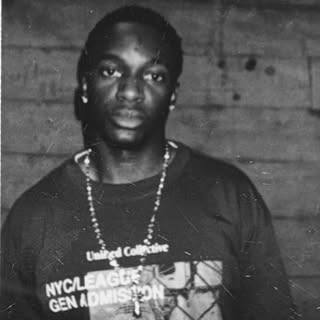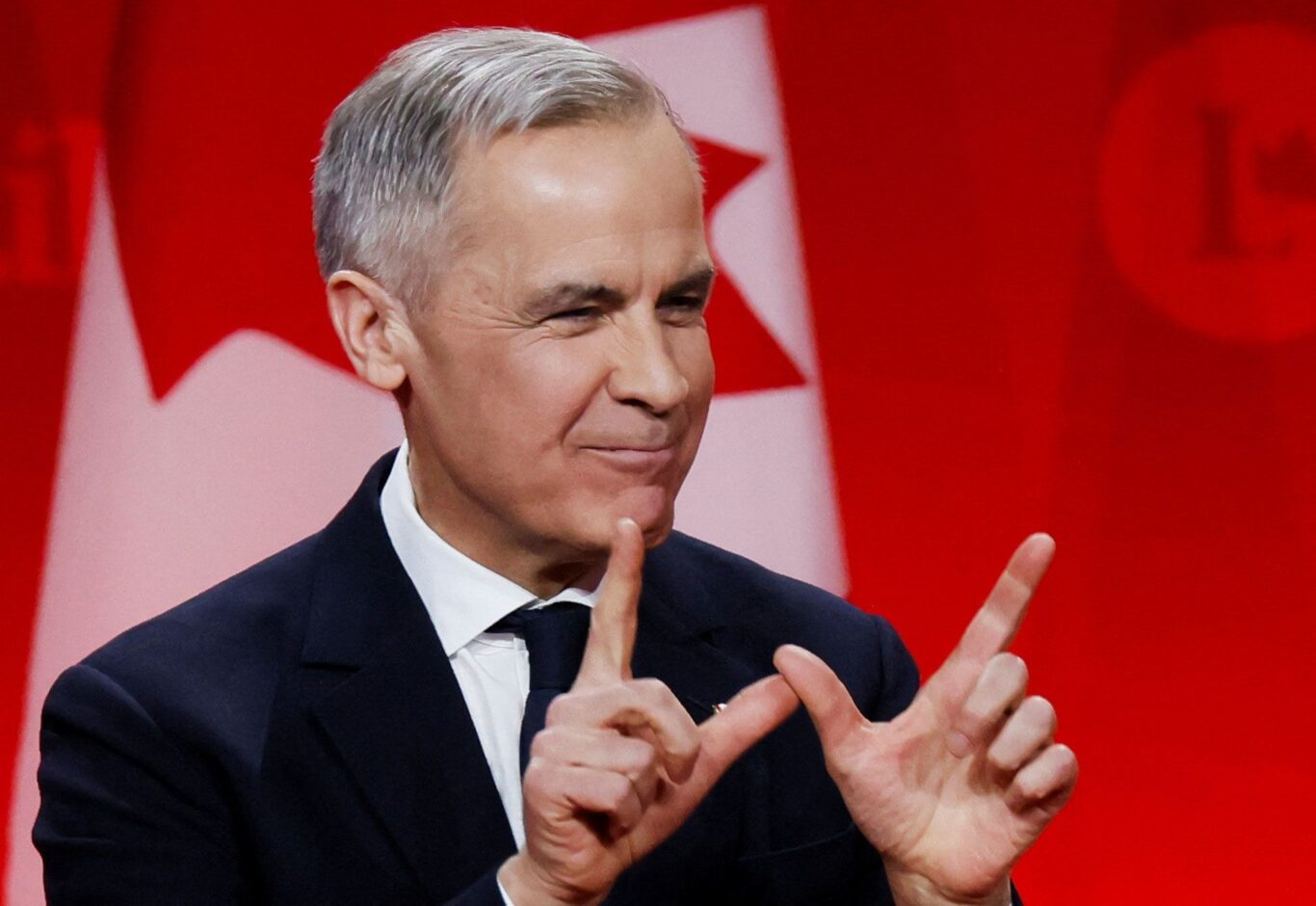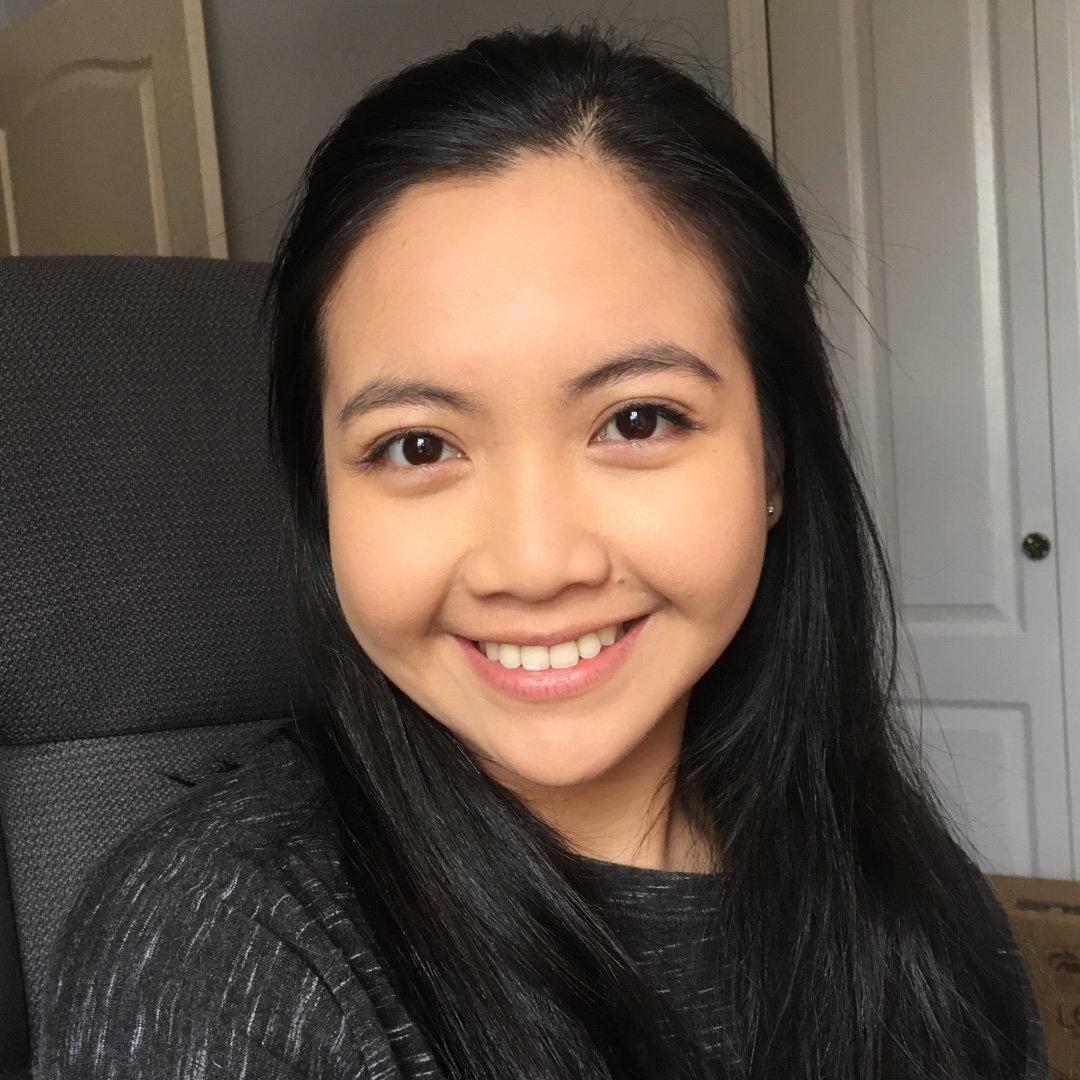Tell us a bit about yourself and your journey as an artist.
I was born in Harare, Zimbabwe, and my passion for music started with singing in my high school choir. Over time, that passion grew, leading me to music studios and live performances. I recently moved to Canada to pursue my music career while also fulfilling my obligation to earn a university degree. But if I’m being honest, music is where my heart truly lies.
At 19 years old, I primarily make rap music, but I’m gradually exploring alternative sounds and Afrobeats. I find these genres allow me to better express my emotions and life experiences.
What sparked your interest and led you to pursue music?
I’ve loved singing and creating harmonies since childhood, but what truly drew me in was the ability to express myself without interruption. Not everyone has that privilege. Many people struggle daily, their voices silenced so much that they stop speaking up altogether—I was one of them.
Music became my escape, my way of reaching emotions and frequencies I once thought were out of my reach. Now, it’s my passion. And passion has a way of pushing you to incredible lengths.
Who or what influences your artistry the most?
Mustafa and A-Reece are my biggest inspirations. A-Reece is a pioneer in African hip-hop, and I admire his unapologetic attitude toward the rap game. I aspire to have that same confidence in my craft.
Mustafa’s music, for me, represents true artistry—an unfiltered expression of emotions. I believe that if music doesn’t touch you deeply, if it doesn’t make you feel something real, then it’s not truly music. Mustafa embodies this, and I feel every word he sings.
How would you describe your unique style and themes?
My music blends the hard-hitting beats and lyrical depth of hip-hop with the rich, rhythmic elements of Afrobeats. I incorporate trap influences and elements of Zimbabwean culture, creating an immersive and engaging experience for listeners.
Can you share your most cherished project and what makes it unique?
My most cherished project is about to be released. What sets it apart isn’t just the sound but the experiences that shaped it. It’s unapologetically me—raw, emotional, and deeply personal.
Titled There for It, this project is the first real documentation of the struggles I’ve faced. It’s not superficial rap or hip-hop; it’s pure emotion. It captures the journey of a confused kid trying to make sense of his pain, putting into words what he couldn’t express any other way.
What obstacles have you encountered, and how did you overcome them?
Over the past few months, I’ve had a lot of personal realizations. One of my biggest struggles was self-doubt—I didn’t fully believe in my talent. At the same time, I had this sense of entitlement, thinking that because I was good, people would eventually notice me.
I’ve learned that luck isn’t the same for everyone. I have to put myself out there, embrace public criticism, and understand that hate is just part of the game. Most importantly, I’ve stopped worrying so much about what people think. My art is for those who connect with it, and that’s enough.
How do you approach continuous growth as an artist?
The beauty of being an up-and-coming artist is the freedom to experiment. I’m always trying new things, adapting, and re-strategizing. Growth is constant, and I embrace that process.
Walk us through your creative process. Do you have any specific rituals?
My process starts with creating a vibe. I sit down and build an instrumental that matches my emotions at that moment. My music is deeply rooted in my experiences, so my lyrics always come from a personal place.
I write all my lyrics by hand—it’s essential for me to tell my story. And I only use a pencil, never a pen. Why? It just works for me.
How important is collaboration within the local artistic community?
Collaboration is crucial. It exposes artists to new ideas, techniques, and perspectives, helping their craft evolve. It also builds valuable connections that can open doors to new opportunities. On a larger scale, engaging with local issues through music can amplify its social impact.
How do you connect with the local community through your music?
Coming from Zimbabwe, I bring a completely different cultural and musical perspective to the scene. That’s what I love about my art—it introduces a fresh narrative to a new audience.
There’s always fascination in hearing a story that’s unfamiliar but still resonates. My music is my lens, and through it, listeners get a different view of life.
What are your short-term and long-term aspirations?
My dream is simple and unwavering: I want to inspire people with my music. I want to travel the world, perform in front of thousands, and connect with those who truly understand my experiences.
Are there dream projects or collaborations you hope to pursue?
I would love to collaborate with Mustafa, Jordan Ward, Cleo Sol, A-Reece, Nasty C, dv4d, Naomi Sharon, Odeal, and Jayo.
What advice would you give to artists in your community?
Remember why you started. Don’t get blinded by the spotlight before you even step on stage. Be patient, stay consistent, and trust that when your time comes, your shine will inspire others.
How do you balance your passion for music with practical responsibilities?
I take it one day at a time. I don’t dwell on the past—I focus on what I can do today. Most importantly, I allow myself to have bad days. Not every day will be great, and that’s okay.



